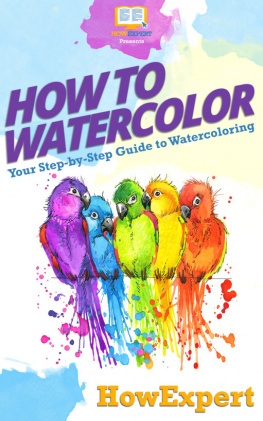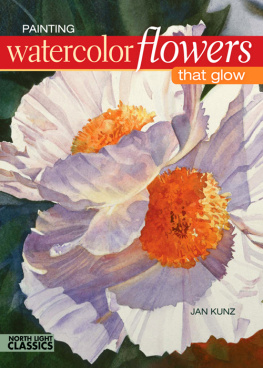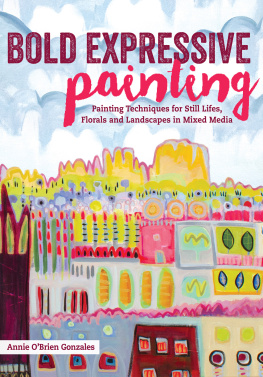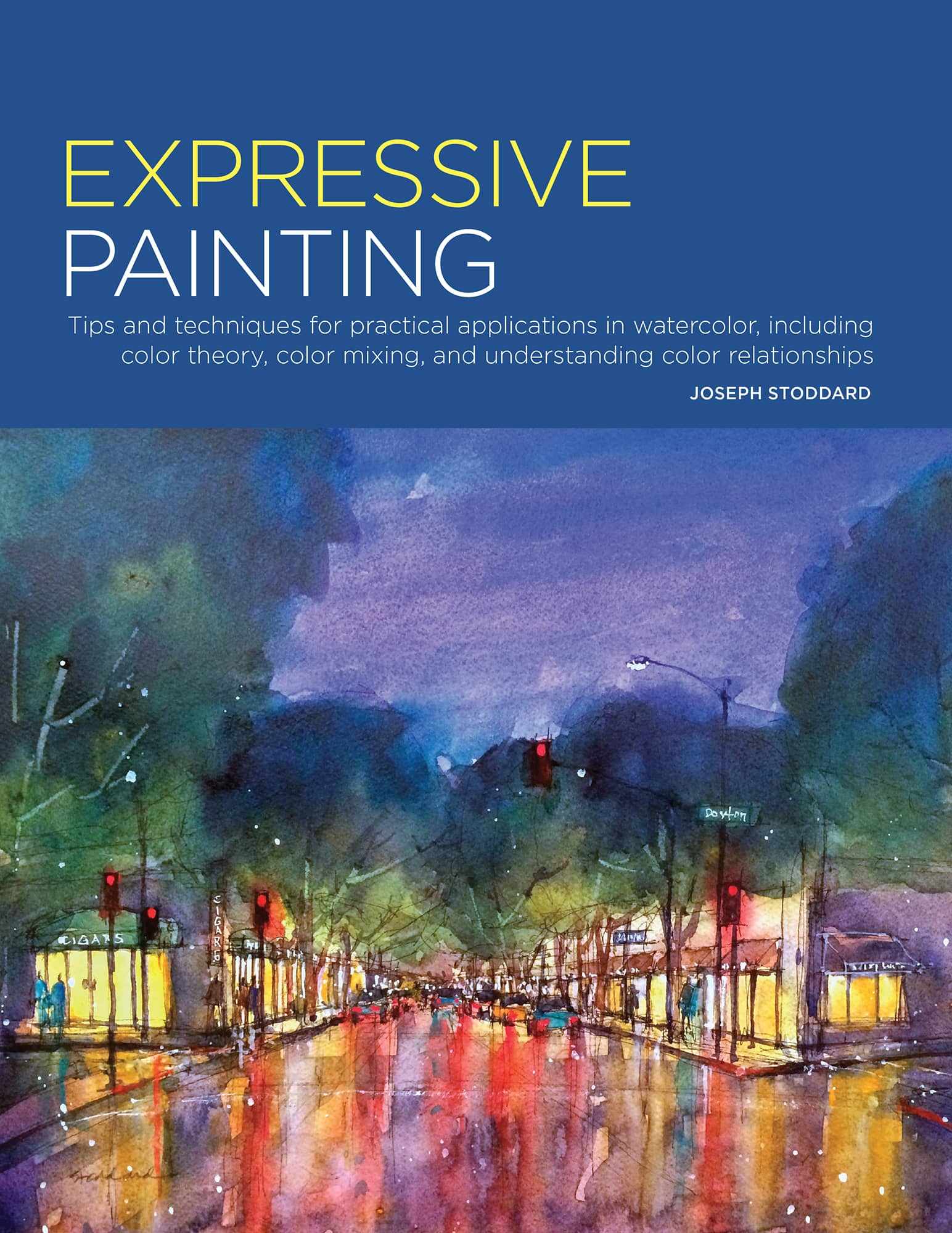Joseph Stoddard - Expressive Painting: Tips and Techniques for Practical Applications in Watercolor, Including Color Theory, Color Mixing, and Understanding Color Relationships
Here you can read online Joseph Stoddard - Expressive Painting: Tips and Techniques for Practical Applications in Watercolor, Including Color Theory, Color Mixing, and Understanding Color Relationships full text of the book (entire story) in english for free. Download pdf and epub, get meaning, cover and reviews about this ebook. year: 2018, publisher: Walter Foster Publishing, genre: Home and family. Description of the work, (preface) as well as reviews are available. Best literature library LitArk.com created for fans of good reading and offers a wide selection of genres:
Romance novel
Science fiction
Adventure
Detective
Science
History
Home and family
Prose
Art
Politics
Computer
Non-fiction
Religion
Business
Children
Humor
Choose a favorite category and find really read worthwhile books. Enjoy immersion in the world of imagination, feel the emotions of the characters or learn something new for yourself, make an fascinating discovery.

- Book:Expressive Painting: Tips and Techniques for Practical Applications in Watercolor, Including Color Theory, Color Mixing, and Understanding Color Relationships
- Author:
- Publisher:Walter Foster Publishing
- Genre:
- Year:2018
- Rating:3 / 5
- Favourites:Add to favourites
- Your mark:
Expressive Painting: Tips and Techniques for Practical Applications in Watercolor, Including Color Theory, Color Mixing, and Understanding Color Relationships: summary, description and annotation
We offer to read an annotation, description, summary or preface (depends on what the author of the book "Expressive Painting: Tips and Techniques for Practical Applications in Watercolor, Including Color Theory, Color Mixing, and Understanding Color Relationships" wrote himself). If you haven't found the necessary information about the book — write in the comments, we will try to find it.
The next book in Walter Foster Publishings popular Portfolio series, Expressive Painting is the ultimate beginners guide to watercolor painting using dynamic, vibrant colors.
Following the same clean, contemporary, easy-to-read, and easy-to-follow layout and design of the other books in the series, Expressive Painting gives beginning and aspiring artists the information they need to paint colorful watercolors that convey mood and emotion on canvas.
The book covers essential painting topics, including color theory, color mixing, selecting color schemes, and working with tools and materials, as well as watercolor painting techniques, such as painting wet-into-wet and wet-on-dry.
Helpful tips are called out throughout the book for easy comprehension and reference, while step-by-step projects build on the featured techniques, allowing artists to practice making their own dynamic, colorful watercolor paintings.
Beginning and aspiring artists will learn all they need to know to start creating watercolor art thats full of color and emotion.
Joseph Stoddard: author's other books
Who wrote Expressive Painting: Tips and Techniques for Practical Applications in Watercolor, Including Color Theory, Color Mixing, and Understanding Color Relationships? Find out the surname, the name of the author of the book and a list of all author's works by series.













